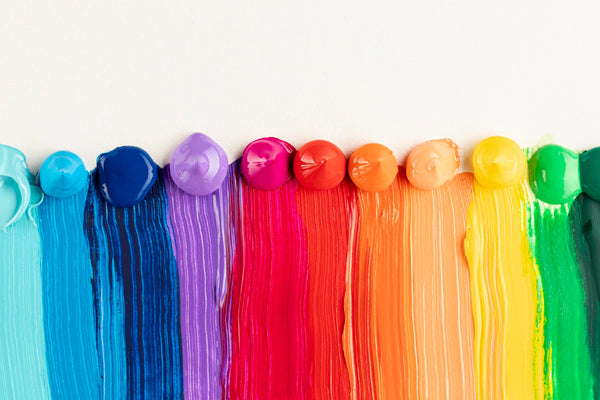Tyvek wristbands are one of the most popular types of wristbands; but why? In this article we'll walk you through the material Tyvek and why its the most popular form of wristband in the market. Ready? Let's dive in!
History of Tyvek
Tyvek was originally discovered in 1955 by the Dupont company by a researcher who was working in an experiment lab. The Tyvek material was patented within one year of its initial discovery.
In it's earliest years, Tyvek was first used for construction but later expanded to be used in various products around the globe, including wristbands.
Why Tyvek Is "Better"
Tyvek is often labeled as the best material for wristbands for a wide variety of good reasons. While we don't claim Tyvek the best type of wristband ourselves (we're not biased) we do understand why it's deemed to be better.
1. Durability
The first reason many deem Tyvek to be a better wristband is simply because it's durable. The one key thing about Tyvek is that the way it's created has not changed since 1955, it's still a finely wound web-like material that is inheritably stronger than paper.
With Tyvek being a paper-like material it can be dismissed as non-durable, but that's not the case. Unlike paper, with Tyvek being a wound material it has a greater structural bound, making it much harder to rip, thus making it a much more durable wristband.
2. Customization
Tyvek being paper-like means options... a lot of them. Tyvek wristbands are simply better than many other materials because they have a lot of customization options available. Creating Tyvek means you aren't limited to color, you've got the entire RGB array at your fingertips.
It's more than just coloring though. Unlike plastic wristbands or cloth wristbands, printing directly onto Tyvek has a much more simple approach. Consider how you might print an image onto paper, it's essentially a similar process; now compare this against trying to print onto plastic, it's going to require a bit more effort to print onto the plastic, thus leaving you with far less printing options than our paper-like-friend, Tyvek.
3. Recyclability
One word: HDPE. Tyvek is 100% recyclable and given the nature of events, attendees can sometimes be slightly neglectful about their wristbands. Let's use a quick comparison of your standard-typical water park wristbands against Tyvek.
After a long day of swimming, you might be eager to remove that plastic wristband. Your first instinct might be to toss it straight into the trash—better than leaving it on the floor, right? But consider this: many wristbands are made from non-recyclable plastic. When these plastic wristbands end up in landfills, they contribute to pollution, either by sitting there indefinitely or being burned, releasing harmful toxins into the air.
There's a more environmentally friendly option: Tyvek wristbands. If you throw a Tyvek wristband into the trash, it will naturally degrade, often before it even reaches the burning stage at a landfill. This significantly reduces its environmental impact. Even if, by chance, a Tyvek wristband were littered (though we strongly advise against this), it would still break down over time.
Choosing Tyvek wristbands over plastic ones is a simple yet effective way to reduce your environmental footprint. Next time you're picking out wristbands, consider their end-of-life impact and opt for the more eco-friendly choice.
How About Price?
One thing to consider when comparing wristband options in a popularity contest is not only the quality of the wristband but also its level of affordability.
To keep things short and simple, Tyvek is arguably one of the most affordable options in the market, this now means you've got a quality, durable and affordable wristband - I am assuming you're catching the flow here!
Get Your Tyvek Wristbands Today with Event Wristbands
Shop Event Wristbands today and find your next Tyvek wristbands. Customize yours with our easy-to-use online customization tool




